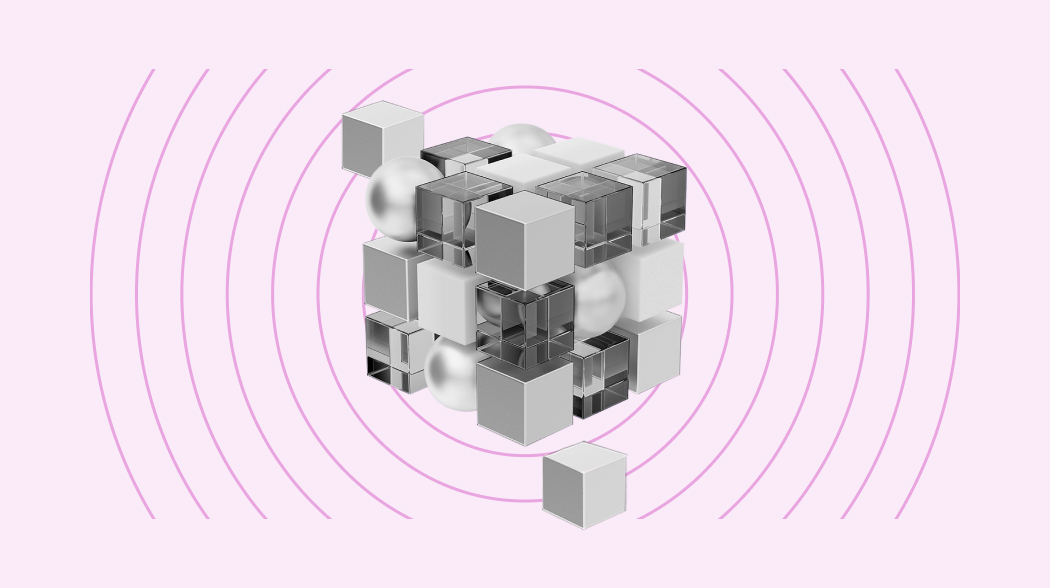The use of the term “Cloud Computing” comprises different modes of delivery.
The most widespread of these are IaaS (Infrastructure-as-a-Service), PaaS (Platform-as-a-Service) and Saas (Software-as-a-Service).
Let’s take a closer look at them!
1. Infrastructure as a Service (IaaS)
The IaaS model is the simplest of the three services.
Through an IaaS provider, you get on-demand access via the Internet to key IT resources, including computers, networking and storage.
An example of using the IaaS model is Google Drive, where documents can be saved free of charge up to a certain limit.
IaaS offers access to a flexible, state-of-the-art hardware resource that can be scaled to meet your company’s computing and storage needs.
This infrastructure can provide your company with applications, software and platforms without the worry of the responsibility of managing and maintaining it.
2. Platform as a Service (PaaS)
In this model, your company would exploit a platform developed according to your company’s preferences.
PaaS alleviates the concerns of maintaining software and hardware.
It is most commonly used for application development.
A PaaS provider gives you access to the combined cloud infrastructure needed for application development – databases, middleware, operating systems, servers – free of the management complexity that would normally accompany it.
This helps you to become more efficient: instead of spending time installing and configuring the infrastructure, you can concentrate solely on developing, running, and managing the applications.
3. Software as a Service (SaaS)
The SaaS model allows direct customer use of software and databases offered by a service provider. Its special feature is the cost, which is distributed according to the use you make of it.
Access to the chosen software using a SaaS model allows the customer to concentrate exclusively on how best to use that software. The SaaS provider is responsible for providing, maintaining, and updating the software, including the underlying infrastructure.
A common example of SaaS is a web-based Customer Relationship Management solution.
You store and manage all contacts on the CRM solution without having to continuously update the software to the latest version, or maintain the server and operating system on which the software is running.
The main advantage of the SaaS distribution model is precisely this possibility of accessing and using software that would be too expensive if maintained in-house.
Among the services generally accessed via SaaS are:
- electronic mail
- messaging
- customer relationship management software
- payroll
- invoicing
- sales management software
- human resources management
- databases
Other SaaS benefits
By offloading the responsibility and costs onto the supplier, you can focus on those aspects of your business that generate most revenue.
Running your business without the necessity of maintaining software will boost your company by reducing costs, increasing efficiency and optimizing the use of resources.
Other benefits of SaaS services are to:
- Reduce initial development costs
- Deploy and maintain otherwise-inaccessible software applications
- Access the software from anywhere at any time
- Customize the services according to your needs
- Modify the interface as required
- Increase collaboration through increased access control – even remotely
- Integrate with other software
- Generate customized reports
Scalability of SaaS
Cloud-based SaaS applications can grow with your company.
Adding access to the service or application is much easier. Likewise, if activity decreases, you can go back to using only what you need because the cost adjusts to active use.
Furthermore, in case of additional users, you no longer have the worry of installing new hardware for each new employee because everything is managed in the cloud.



